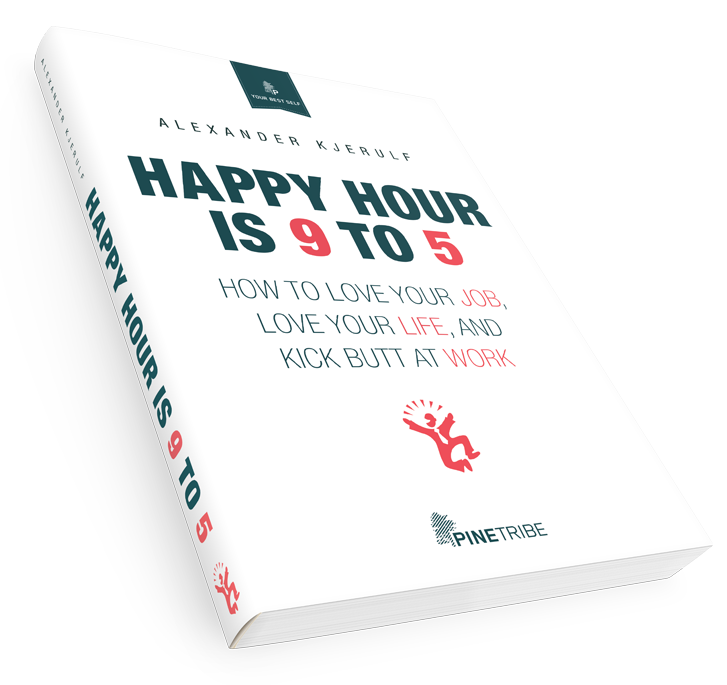There’s a lot of information on the web, so the challenge is always to find the stuff you need. The answer to this has mostly been hierarchies – to create great big taxonomies that hierarchically sort information.
For instance: The web magazine Diversity Inc. is categorized under Business > Human Resources > Training and Safety > Diversity in the Google directory of web sites. Clear, concise and easy to navigate. And cumbersome – knowing what categories exist and placing the information into the right category takes a lot of mental exertion.
So a new way was invented: Tagging! Tagging basically means making up your own words, and sticking them on your web page, image, video, document, whatever. Del.icio.us users tag websites rather than categorizing them. Flickr is the most famous example – here’s a picture of the beautiful sunrise seen from our appartment this morning, tagged with cameraphone, sunrise and copenhagen. Tagging is messy but fast and users seem to prefer tagging. Quite simply: Users will tag information but don’t categorize it.
And here’s one opinion about why: A cognitive analysis of tagging (or how the lower cognitive cost of tagging makes it popular).
The rapid growth of tagging in the last year is testament to how easy and enjoyable people find the tagging process. The question is how to explain it at the cognitive level. In search for a cognitive explanation of tagging, I went back to my dusty cognitive psychology textbooks. This is what I learnt.
There’s a lot of discussion on the web currently about taxonomies vs. folksonomies. Can we trust people to collectively tag information in such a way as to make it easily retrievable, or do we need experts to create official taxonomies that correctly divide and conquer data. My money is on the folksonomies :o)



Leave a Reply